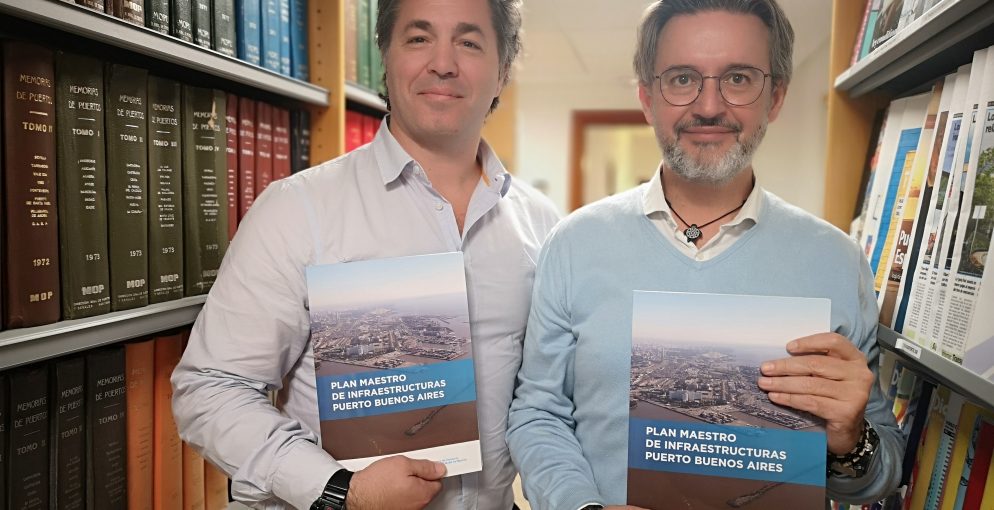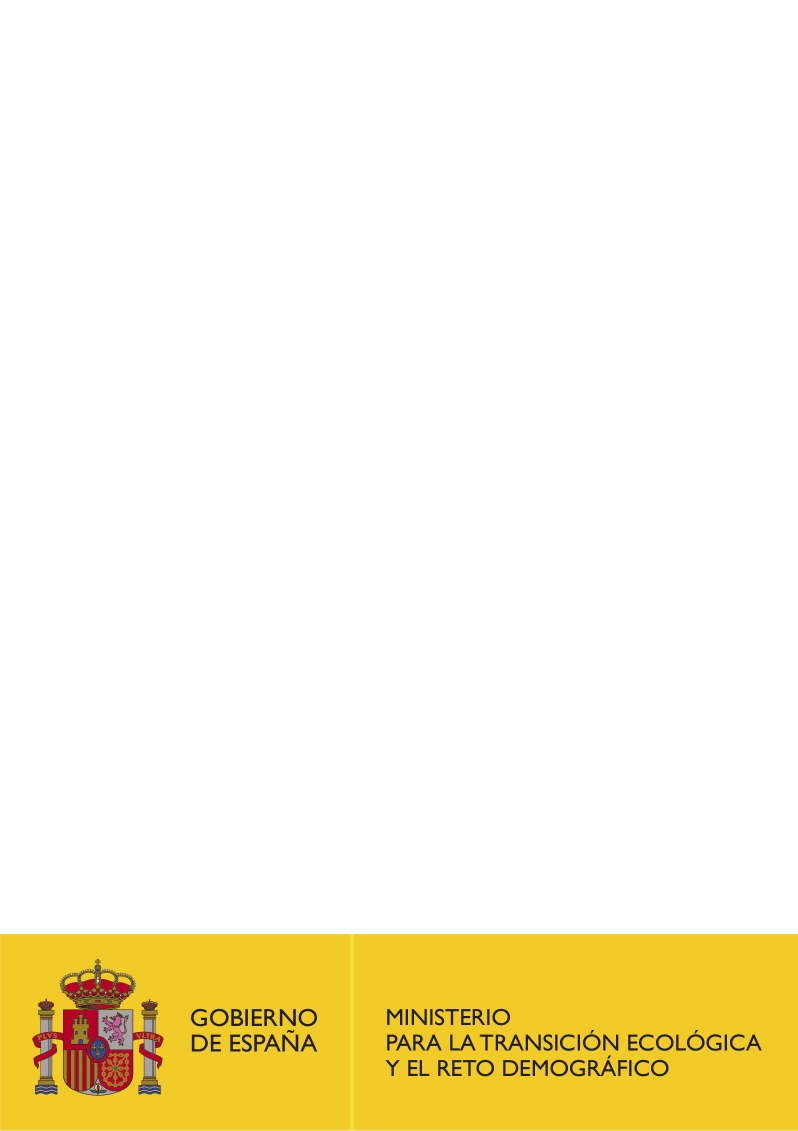Valencia – 18.11.19. Last week, Fundación Valenciaport delivered the printed copies of the new “Infrastructure Master Plan of the Port of Buenos Aires” to executives of the aforementioned port, taking advantage of their presence in Valencia for the week of internship they are doing as students of the Master in Logistics and Port Management (Argentina edition).
This technical assistance, signed by Fundación Valenciaport at the beginning of 2019, has been aimed at the supervision of contents, technical correction, adjustment, editing and printing of the Infrastructure Master Plan, prepared by technicians and specialists from both the port of Buenos Aires and Fundación Valenciaport, within a collaboration strategy established by its Comptroller, Gonzalo Mórtola and its General Manager Alejandro Ok.
The port of Buenos Aires has been in operation for more than a century, since the inauguration of Puerto Norte and its five docks in 1919, with minimal works. The forthcoming expiry of the current concessions (in which three of the world’s major operators, HPH, AMP Terminals and DP World are present), together with the need to adapt the port to the requirements imposed by the shipping sector and other customers such as shippers, importers and passengers, provided the perfect opportunity to undertake the preparation of an Infrastructure Master Plan (IMP), which will design the development of the port in the medium term, adapting it to future needs, in an environment of growing environmental and social demands.
In this context, Fundación Valenciaport has supported the General Administration of Ports-Port Buenos Aires in this task, which has culminated in the approval of the Port Buenos Aires Infrastructure Master Plan 2019. Derived from the analysis of the current situation of the port and the global and regional context of maritime transport, some criteria were established to which the solution to be adopted had to conform: generate longitudinal quays adapted to new-panamax vessels; separate the attention of cruise passengers and other passengers from the cargo operation; facilitate land access to the port; reorganise the uses of the areas within the port jurisdiction; improve integration with the urban fabric and citizens; achieve a self-financing project, enabling the operator to have income from the very beginning of the concession; maintain operations during the works; and ensure flexibility for future growth.
The selected alternative has consisted of unifying the current concessions in an Inland Terminal, except for a jetty, under the responsibility of a single operator who will also be in charge of executing the private investment part of the Outer Terminal. The works of the Outer Terminal are programmed to be developed in three stages: the first stage will have a development of 900 metres of quay and 45 hectares, with a capacity of 1.3 million TEUs; when the second stage is completed, there will be 1,200 metres of quay and 56 hectares with a capacity of 1.9 million TEUs; and at the end of the third stage, the Outer Terminal will have 1,500 metres of quay, 81 hectares and a capacity of 3.2 million TEUs.
The IMP also contemplates the land use guidelines, the basis for a future Use Plan, the execution plan for the works and the necessary investments, and the development of both water and land accessibility to the port.
This Infrastructure Master Plan and the implementation of the new information technology systems (also designed by Fundación Valenciaport) are the most important elements of the Modernisation Plan which the port of Buenos Aires began four years ago.


